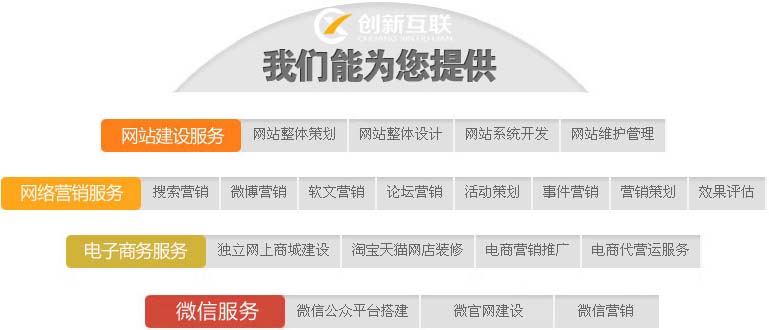扫二维码与项目经理沟通
我们在微信上24小时期待你的声音
解答本文疑问/技术咨询/运营咨询/技术建议/互联网交流
首先解释一下

成都创新互联公司专业IDC数据服务器托管提供商,专业提供成都服务器托管,服务器租用,西部信息服务器托管,西部信息服务器托管,成都多线服务器托管等服务器托管服务。
st
的问题吧:st
就是取结构体的
st
的地址传给结构体内的函数
p
和
o,
根据前面
st
的定义,也就是传给
和
power。这样
和
power
函数就可以读取结构体中的
i
和
x
值。
然后沿着各个思路,可以写出
和
power
函数,如下:
void
print(ST
*st){
printf
("%g",
st-x);
}
void
power(ST
*st){
int
k;
double
y=1;
for
(k=0;k
i;k++)
y*=st-x;
st-x
=
y;
}
不过这里有个问题,就是你之前的
struct
中定义的函数指针是没有参数的,但是主函数调用时是有参数的,这是矛盾的呀。要改一下:
struct
ST{
int
i;
double
x;
void
(*o)(ST*);
void
(*p)(ST*);
}
;
就没有问题了。
#include stdio.h
#include stdlib.h
#define LINE_MAX 80
struct body{
char data[100]; //要定义成数组才可以,不然,还要去分配内存
int num;
};
void create(struct body *bd); //结构体定义后,才能使用结构体类型,所以,移动到定义之后
int main(int argc, char *argv[]) {
int choose;
struct body *bd;
bd = (struct body*)malloc(sizeof(struct body));
while(1)
{
printf(" *******************欢迎来到文章编辑系统********************\n");
printf("1. 创建新文本\n");
printf("2. 统计文本\n");
printf("5. 退出系统\n");
printf("请选择你需要的功能的序号:");
scanf("%d",choose);
switch(choose)
{
case 1:
printf("创建新文本\n");
create(bd);
continue;
case 2:
printf("统计文本\n");
continue;
case 5:
printf("谢谢您的使用!\n");
break;
default:
printf("请正确输入!\n");
continue;
}
if(choose == 5)
break;
}
return 0;
}
void create(struct body *bd)
{
printf("编辑文本,Enter键保存\n");
scanf("%s",bd-data);//结构体指针引用成员用-, 同时,格式串应该是%s
printf("您输入的文本是:%s\n",bd-data); //同上
}
指针就是指向内存的某个地址的一个变量。
结构体指针就是这个指针变量的值必须指向存放该结构体的内存位置。
当这个指针没有任何指向时,可以赋值为null值,但是改指针不可使用,程序中应该做判断。下面是一些赋值演示。
struct student{
int id;
int score;
} aaa;
struct student *p = null;//结构体指针p初始化赋值为null
struct student *p2=aaa;//p2指向aaa
struct student *p3=(struct student *)malloc(sizeof(struct student));//内存中申请一个结构体空间,并将地址强制转换为结构体指针变量赋值给p3
//在结构体中包含函数指针,
//这样,可以使用结构体,调用函数。
//这个有点像C++的面向对象的类
//十分好用。
#include "stdio.h"
struct DEMO
{
int x,y;
int (*func)(int,int); //函数指针
};
int add2(int x,int y)
{
return x+y;
}
int main()
{
int ret=0;
struct DEMO demo;
demo.func=add2; //结构体函数指针赋值
ret=demo.func(3,4);
printf("func(3,4)=%d\n",ret);
}

我们在微信上24小时期待你的声音
解答本文疑问/技术咨询/运营咨询/技术建议/互联网交流